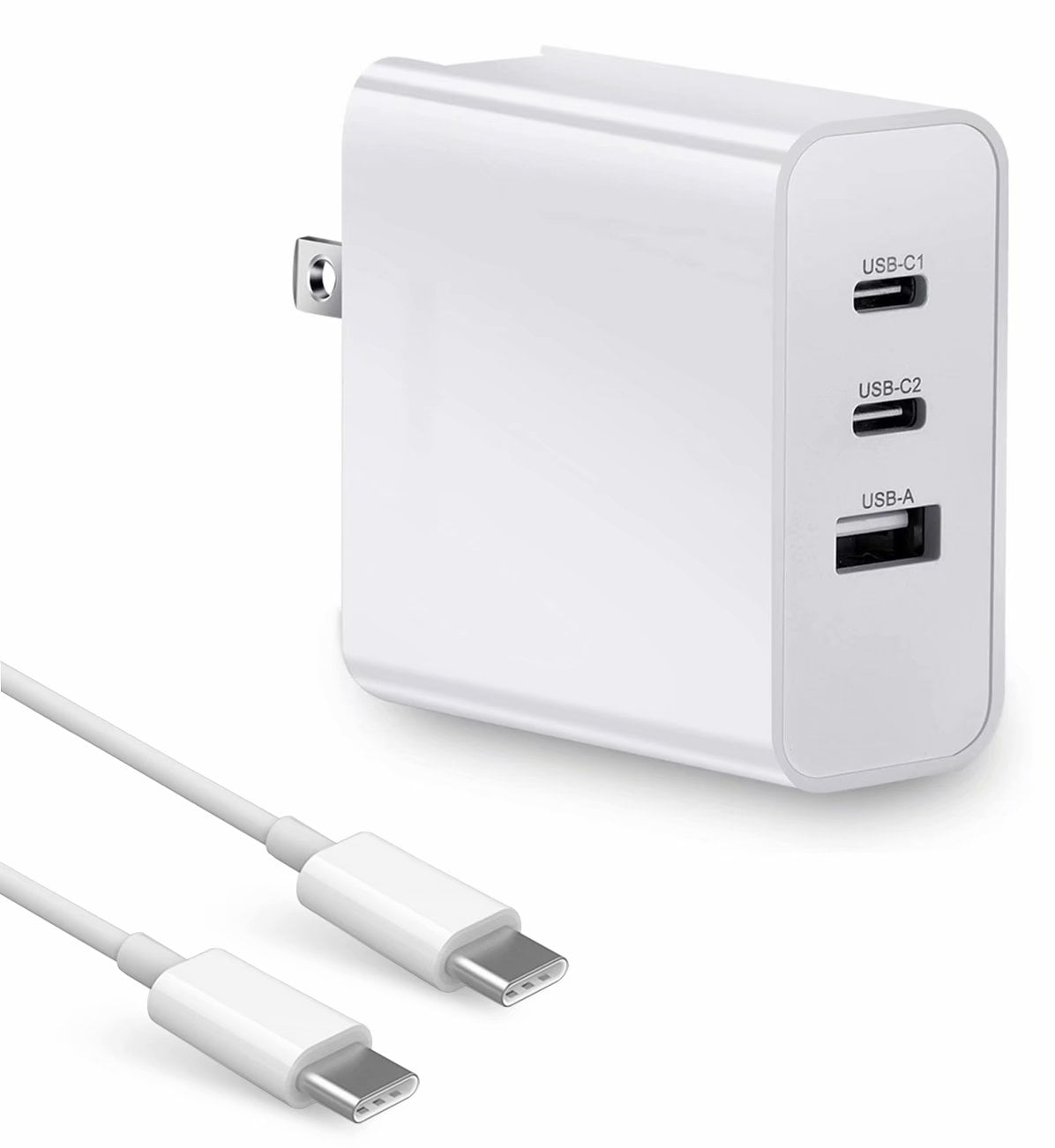

Table 1 lists the differences between the two versions as listed in the USB PD 3.0 specification. FRS enables this quick change and protects the USB data in the process. With many systems needing the flexibility to be a Dual Role Port (DRP), there also comes the need to be able to switch between sourcing and sinking power fast enough that any USB data does not become corrupted nor video interrupted. The complete list of messages and changes can be seen below in Table 1.Īnother new feature that comes with USB PD 3.0 is the Fast Role Swap (FRS) mechanism. The source and sink message collision avoidance and the Not_Supported control message are two required changes that create a robust system which can work with these optional messages. These new messages do not interfere with negotiation and backward compatibility, and a USB PD 3.0 device is capable of negotiating with a USB PD 2.0 device.
#Usb 2 vs usb 3 charging update#
The required changes in USB PD 3.0 update the system to handle the larger number of these optional messages. The main feature difference between USB PD 3.0 and USB PD 2.0 is the wide variety of optional messages that enable the source and sink to exchange more detailed and useful information. Let’s take a closer look at which features are specific to USB PD 3.0.

USB PD 3.0’s expanded feature set and messaging have made it crucial to creating systems with USB PD. Although Texas Instruments does not plan to end of life PD 2.0 devices, there is no longer a path to compliance using PD 2.0 silicon.
#Usb 2 vs usb 3 charging license#
USB-IF certification provides products with the right to license the USB-IF Logo and ensures compliance with other USB certified end products and cables.

Updated :With the USB Implementers Forum (IF) standards body no longer certifying USB Power Delivery (PD) 2.0 silicon and end products, the time has come to move from USB PD 2.0 to USB PD 3.0.


 0 kommentar(er)
0 kommentar(er)
